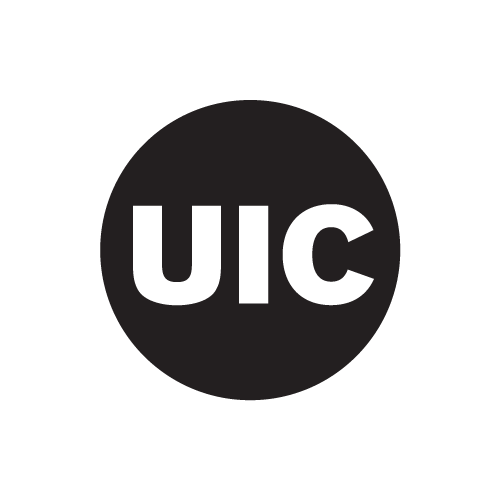Departmental Colloquium
Steven Johnson
MIT
Inverse design in optics, from devices to inference and back
Abstract: Over the past two decades, an explosion in fabrication capabilities for nano-structured optics has coincided with the development of powerful techniques for "inverse design" — large-scale PDE-constrained optimization, sometimes with millions of degrees of freedom, that reveals surprising irregular structures for a diverse range of devices. Light emission, sensing, communications, and imaging have all begun to exploit rich subwavelength scattering physics with the aid of these techniques. But more than simply applying more computing power, inverse design has pushed mathematical formulations of engineering design to the forefront: tractable reformulations of device objectives, new convexifications to obtain useful bounds on performance, algorithms to incorporate manufacturing constraints, and more. More recently, a new design frontier has emerged in which the desired optical outputs are not even specified in advance. Instead, one targets the information that is to be extracted by a subsequent computational inference (such as regularized regression or even neural networks), and the optical device is co-optimized "end-to-end" along with the image processing/inference to maximize accuracy in the presence of noise. Mathematically, this is a form of stochastic bilevel optimization problem. Building on pioneering on end-to-end design and computational inference for scalar-diffractive surfaces by various groups, the development of fullwave meta-optic end-to-end algorithms allows us to exploit the extreme polarization, direction, and wavelength sensitivity possible in subwavelength structures, in order to obtain radically new designs for problems in hyper-spectral imaging, depth sensing, polarization sensing, thermal imaging, and other challenges on the horizons of optics.
Friday September 15, 2023 at 3:00 PM in 636 SEO

